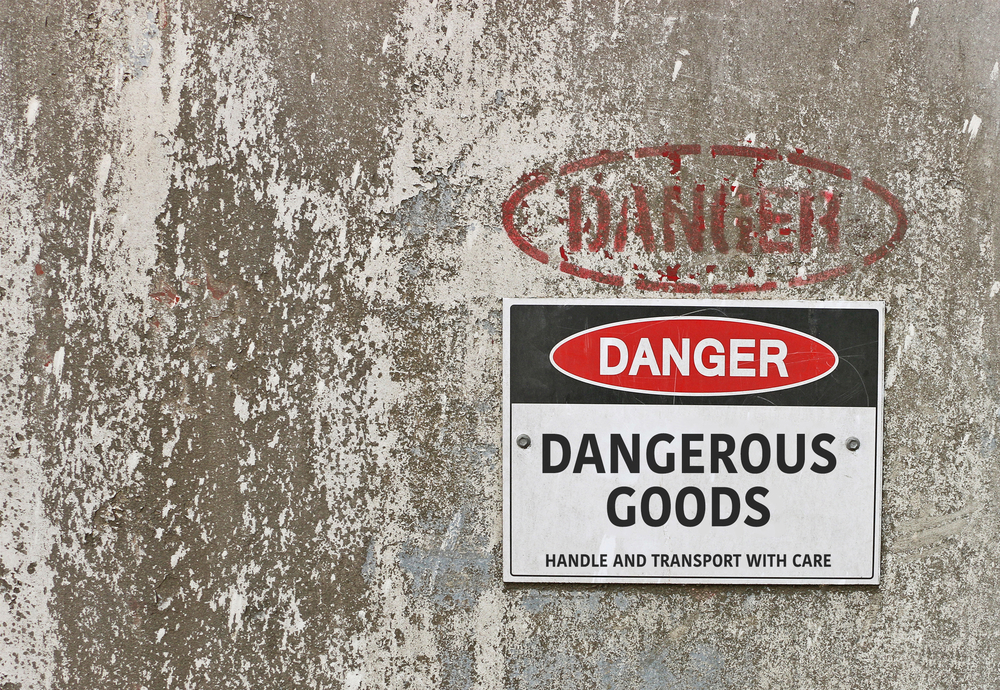How to Carry Out Transport of Dangerous Goods Properly?Posted by Mark Simon on November 18th, 2019 Dangerous items are generally transported by surface instead of air. But there are regulations in place that let air transport occur safely while transporting dangerous goods. Dangerous goods can be transported by cargo flights, private charters and commercial airlines. For safe transportation of such goods, some principles have to be adopted that ensure the aircraft and passengers in it are not exposed to risk. Transport of dangerous goods can be safely conducted when proper steps – which are regarded as safe - have been followed.
Class 1 - Explosive materialsThese types of items are not generally shipped by air, and happen to be classified into 6 subtypes. These include substances having a hazard of explosions, which might project fire hazards, firebrands and fragments. Class 2 - GasesThis class of items is categorized into 3 subtypes which comprise of gases, toxic gases and flammable gases which are neither toxic nor flammable such as oxygen or helium. Class 3 - Flammable LiquidsThese consist of liquid mixtures or liquids which can emit flammable vapours at particular temperatures and the flash point is not over 140.9 ° Fahrenheit or 60.5 ° Celsius. The transport of dangerous goods should be done accordingly. Class 4 - Flammable SolidsThese are categorized further into 3 subtypes which include:
Class 5 - Organic Pesticides and Oxidising SubstancesIt is classified into 2 subtypes, and cover agents which tend to react with organic pesticides and oxygen. The transport of dangerous goods should be proper.
Class 6 - Infections and Toxic SubstancesThis class is subdivided into 2 types, and comprise of substances like pathology specimens, vaccines, arsenic and cyanide. Class 7 - Radioactive MaterialsThis class of items comprise of materials having a specific activity that is over 70 kilobecquerels / kg. Class 8 - Corrosive MaterialsIt is not divided into any subtypes and consists of solids and corrosive liquids that can result in acute damage upon coming in contact with living tissues. If there is leakage, it may cause material damage or even cause destruction of other items or even the aircraft that is used for the transport of dangerous goods of this type. Corrosive items comprise of mercury, sulphuric acid and battery acids. Class 9 - MiscellaneousThis is for dangerous items that fall into the miscellaneous category. This type does not have any subtypes but consist of substances - that can pose danger at the time of transport of dangerous goods by air – which the other classes do not cover. This comprises of chain saws, life rafts, asbestos, solid dry ice and anaesthetic properties. Transport of dangerous goods has to be carried out under strong rules and regulations to safely transport the products without any damages or hazards. There are numerous aspects that have to be taken in consideration, when it comes to labelling and packaging and also the handling of items in vessels, ports and loading terminals. International guidelines have to be followed and there are rules about the type of treatment that is needed by dangerous items for safe transport by any means. There are special transportation requirements in relation to dangerous goods, concerning minimisation or elimination of risks. All types of dangerous goods should have accurate packaging and labelling, and have to be stowed, loaded and stored in an effective manner. These have to be handled in a special way all through the transport chain. Everyone who deals with such kinds of goods must also have special training, and have knowledge of how such type of cargo need to be handled. Like it? Share it!More by this author |




